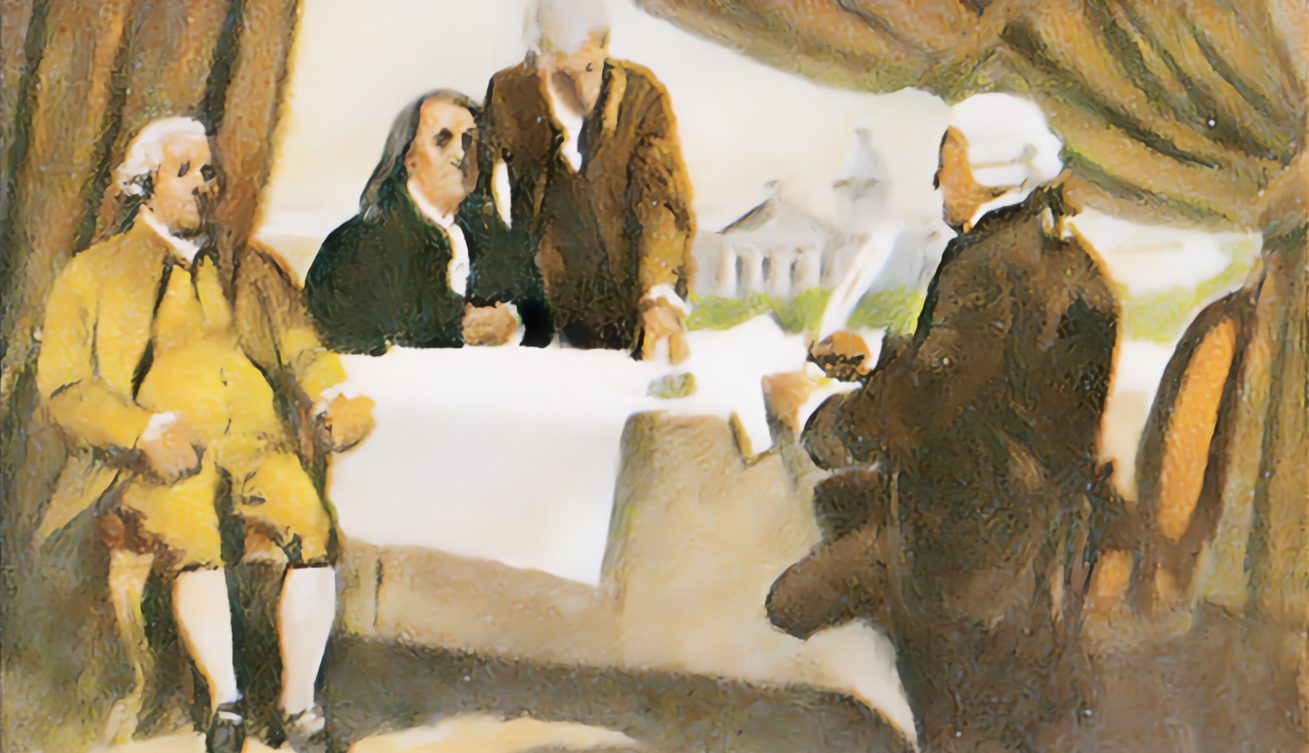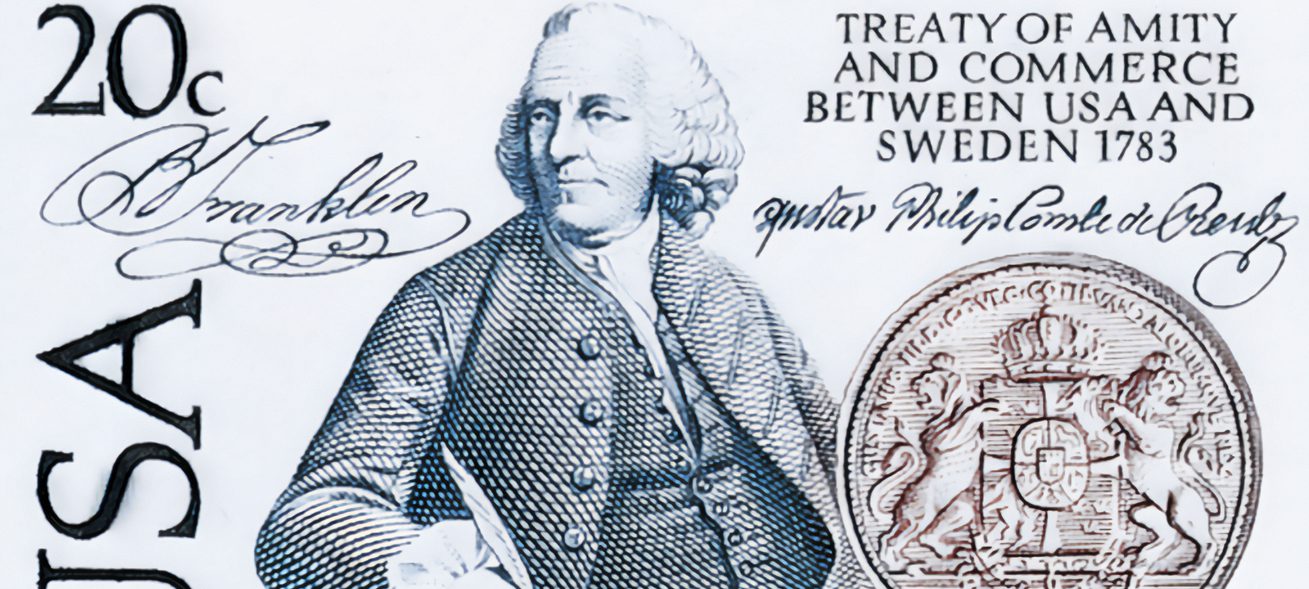Treaty Of Paris Ends Revolutionary War
After more than eight years of fighting, the American Revolutionary War came to an end on September 3, 1783, with the signing of the Treaty of Paris.

After more than eight years of fighting, the American Revolutionary War came to an end on September 3, 1783, with the signing of the Treaty of Paris.

On April 4, 1925, the US Post Office issued the first three stamps in a multi-year series honoring important events and people from the American Revolution. The stamps were issued for the sesquicentennial (150th) anniversary of the Revolution.

On April 3, 1783, the US signed the Treaty of Amity and Commerce with Sweden, the first such treaty between the US and a country that wasn’t an ally in the Revolutionary War.

On November 16, 1908, the first stamp in the Washington-Franklin Series was issued. A series that was meant to simplify postage, it resulted in 220 major and 99 minor stamp varieties over 13 years.

On October 6, 1723, a 17-year-old Benjamin Franklin first arrived in Philadelphia, Pennsylvania. He eventually became a prominent publisher and made many contributions to the city, earning the nickname, “The first citizen of Philadelphia.”

On August 4, 1821, The Saturday Evening Post published its first issue. Once one of the most widely circulated magazines, it is still in publication today.

On July 1, 1847, America’s first postage stamps were issued. While the use of stamps wasn’t mandatory until 1856, this was a historic philatelic milestone.

On May 29, 1976, the Seventh US International Philatelic Exhibition (INTERPHIL) opened to the public. Celebrating the American Bicentennial, the show had more than 75,000 visitors.

Joseph Priestley was born on March 24, 1733, in Birstall, West Riding of Yorkshire, United Kingdom. A noted scientist, he’s remembered for his work with electricity, oxygen, and carbonation.